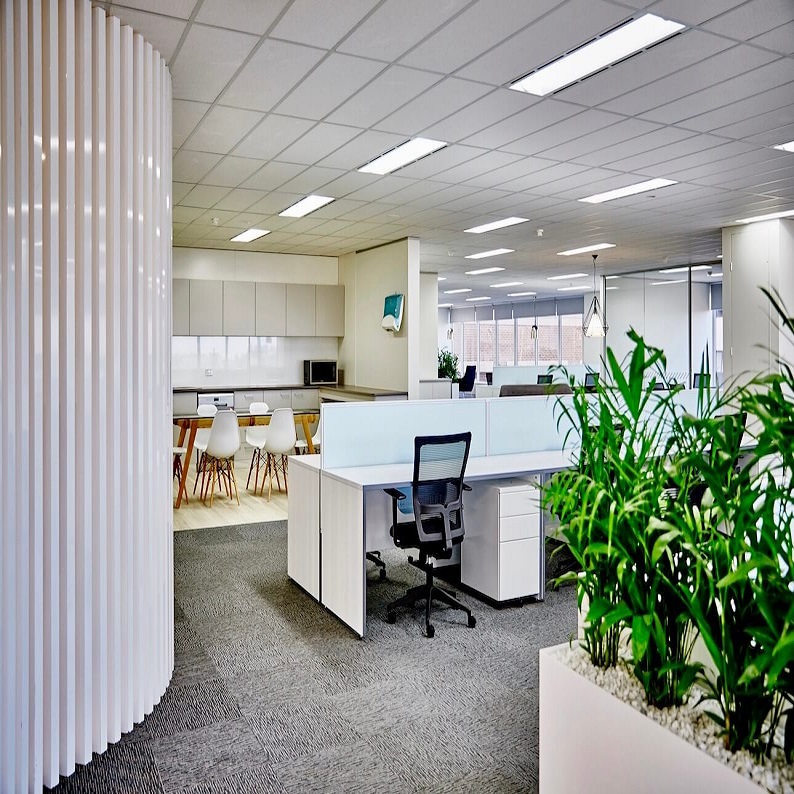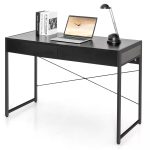The Concept of Hot Desking
The concept of a hot desk office is a dynamic approach to office design. It means no fixed desks for employees. Instead, workers choose where to sit each day. This system offers flexibility and fosters collaboration. In a hot desk setup, desks are available on a first-come, first-serve basis. Workers can pick different spots each day. This method breaks down traditional seating barriers. It blends departments and teams creating a free-flowing workspace.
Hot desking suits the modern need for agile work environments. It supports employees who are often out of the office or working different hours. The hot desk office design fits various work styles. It promotes efficient space usage by not tying desks to absent employees. With proper management, a hot desk office can lead to greater space utilization. It can cut down on wasted office real estate, which is a cost-saving move.
To sum up, hot desking is about maximizing office space and resource flexibility. It adapts to changing workforce dynamics. It’s an approach well-suited to companies looking to innovate and evolve with the times.
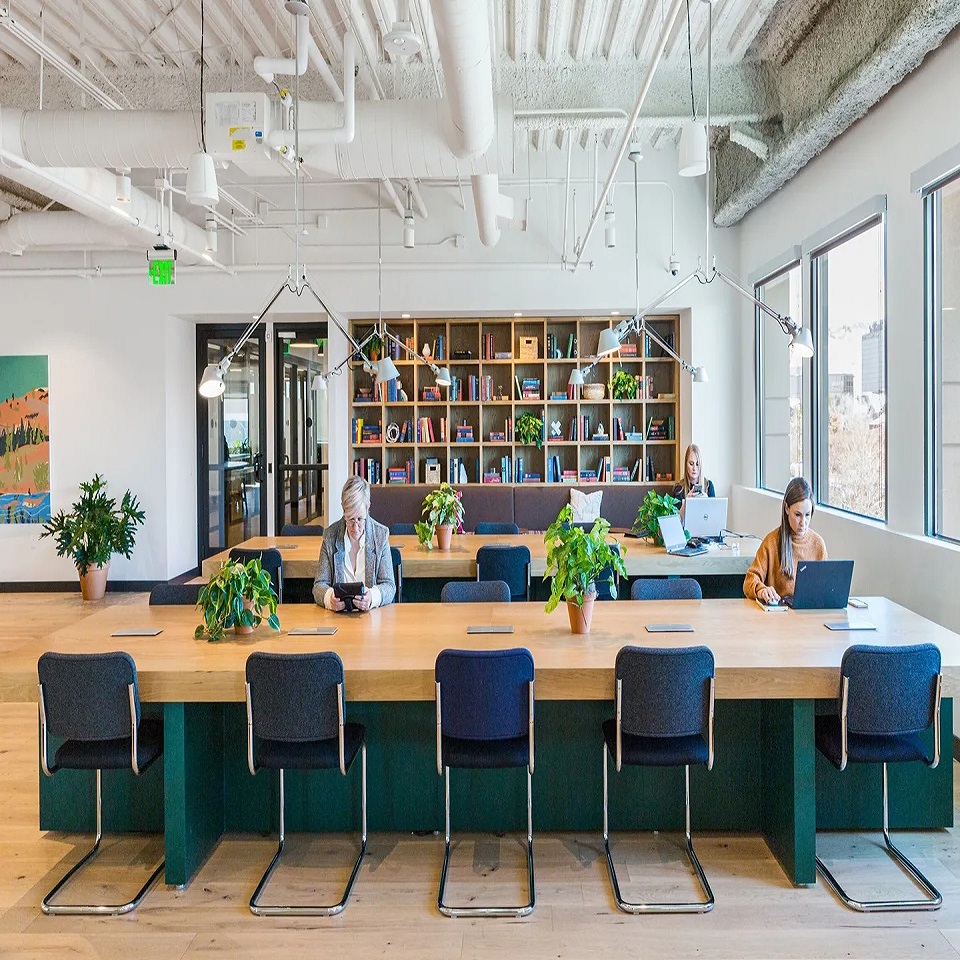
Benefits of Hot Desking in Modern Workspaces
Embracing hot desking can have several advantages for both employees and employers. It refreshes the daily routine and minimizes unused space. Below, we explore key benefits that hot desk office arrangements bring to modern workspaces:
- Increased Flexibility: It allows employees to choose different seats which can spur creativity and energy. People are not tied to one location.
- Cost Efficiency: Less office space is needed when utilizing a hot desk strategy because not every employee needs a dedicated desk. This means companies can save on real estate costs.
- Enhanced Collaboration: With no fixed seating, employees interact with different colleagues each day. This can strengthen team bonds and spark cross-departmental collaboration.
- Scalability: As businesses grow and change, hot desking can adapt to varying employee numbers. It’s an agile solution that can accommodate fluctuations without the need for constant reorganization.
- Optimized Resources: Resources like meeting rooms and equipment can be shared more efficiently in a hot desk setting, reducing unnecessary expenses.
- Cleaner Desks: When desks are not owned, they tend to stay tidier as employees clear their space at day’s end. This can result in a cleaner, more organized workspace.
These are just some of the benefits that can make hot desking a strategic asset for modern companies. The key is in the implementation and management of the system to ensure these benefits are fully realized.
Key Elements of an Effective Hot Desk System
To set up a successful hot desk office, several key elements must be in place. These elements ensure that the hot desk system operates smoothly and that employees can reap the full benefits of this flexible work arrangement. Here are the critical aspects to consider:
- Robust Booking System: An intuitive, easy-to-use desk reservation system is essential. It helps manage space allocation without confusion or conflict.
- Clear Usage Policies: Companies should establish guidelines for desk usage. These rules will prevent misunderstandings and ensure fairness among staff.
- Flexible Workspaces: Desks should be designed for flexibility to cater to various tasks and preferences. This includes adjustable chairs and desks.
- Adequate Resources: Ensure there are enough resources for all. This includes computers, power outlets, and office supplies.
- Personal Lockers: Offering personal storage space helps in keeping the office tidy. It provides a spot for employees to store their belongings.
- Collaborative Areas: Besides individual workspaces, group work areas encourage teamwork and communication.
- Sound Management: Hot desk setups can get noisy. Implementing quiet zones or soundproofing helps in reducing distractions.
- Cleanliness Protocols: A cleaning plan is vital for maintaining a healthy environment. It encourages employees to leave spaces as they found them.
- Technology Support: Reliable Wi-Fi, shared printers, and digital tools are crucial for a seamless work experience.
- Feedback Mechanism: Actively seek feedback and make changes based on employee suggestions. This ensures the system evolves with the workforce’s needs.
Incorporating these elements into a hot desk system can transform an office space into a dynamic and efficient environment. It’s not just about saving space — it’s about creating a productive and adaptable workspace that thrives on flexibility and collaboration.
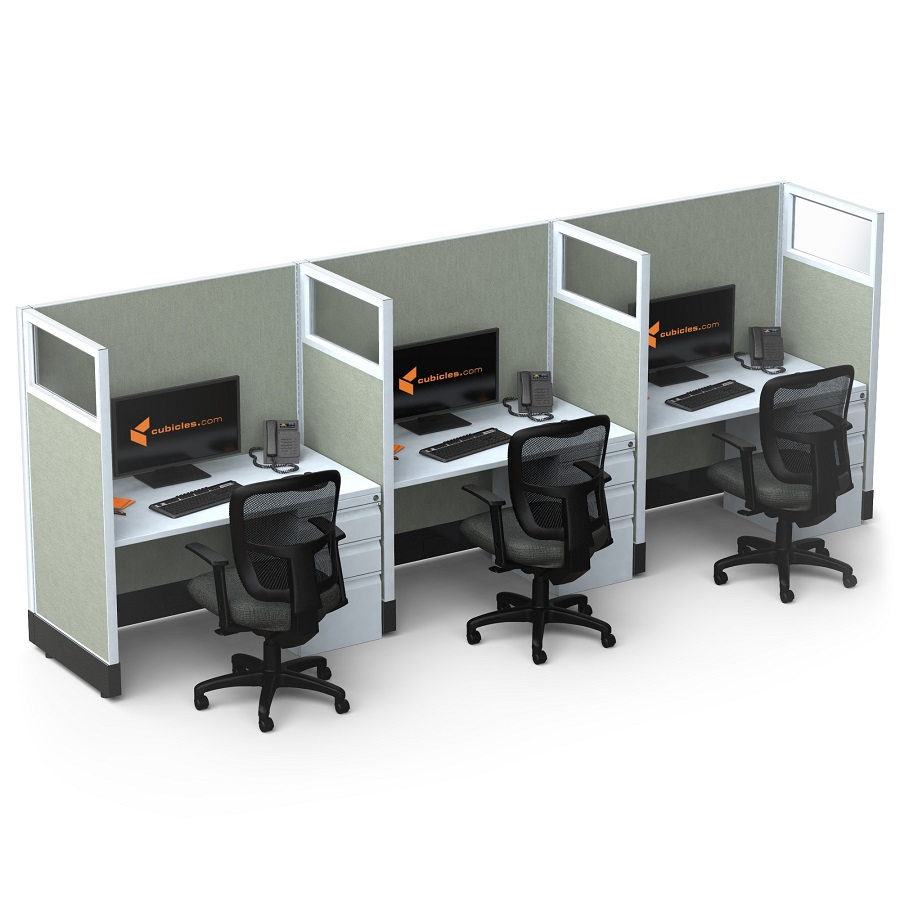
Designing a Hot Desk Friendly Office Layout
Creating an office layout that supports a hot desk setup is crucial for its success. The design should cater to the needs of a flexible and dynamic workforce. Here are the elements to consider when designing a hot desk friendly office layout:
- Varied Workstation Types: Incorporate a mix of seating options, such as standing desks, traditional desks, and lounge areas. This provides employees with a choice to suit their working style.
- Tech-Ready Spaces: Every workstation should have access to power outlets and strong Wi-Fi. This ensures employees can plug in and connect instantly wherever they choose to sit.
- Zoning for Activities: Create zones in the office for different activities. Have areas for quiet work, collaboration, and relaxation to meet diverse needs.
- Accessible Resources: Position office supplies, printers, and other shared resources centrally. This makes them easily accessible from all workstations.
- Smooth Traffic Flow: Design the office with clear pathways. This allows for easy movement without disturbing others and reduces congestion.
- Adaptable Furniture: Use furniture that can be easily moved or reconfigured. This supports the evolving needs of the team and the tasks at hand.
- Sufficient Lighting: Good lighting is vital. Ensure that each desk area is well-lit to reduce eye strain and boost productivity.
- Green Spaces: Include plants and greenery to improve air quality and overall well-being. This can also enhance the aesthetic appeal of the workspace.
- Privacy Solutions: While open plans are great for collaboration, provide options for privacy. This can be in the form of phone booths or divider panels.
Technology Integration for Seamless Hot Desking
To realize a successful hot desk office, technology plays a cornerstone role. Here’s how to integrate it effectively:
- Reliable Wi-Fi Network: Ensure fast and stable wireless internet throughout the office. This lets employees connect quickly at any desk.
- Advanced Booking Systems: Use online reservation platforms for desk scheduling. It streamlines the process and prevents double bookings.
- Digital Resource Sharing: Implement cloud storage and online tools. These allow staff to access files from any location.
- Real-Time Availability Displays: Set up screens showing which desks are free or occupied. It guides employees to available spots without hassle.
- Remote Access Solutions: Facilitate working from home or other locations with secure remote login capabilities.
- Desk Management Software: Utilize apps that track usage patterns. This can help optimize hot desking arrangements over time.
- Integrated Communication Tools: Employ instant messaging and video conferencing systems. Such tools support collaboration regardless of where employees sit.
- Mobile Device Support: Ensure all technology services are mobile-friendly. Staff can use their own devices to find and reserve desks.
By embracing these technologies, companies can make hot desking a smooth experience. Workers enjoy flexibility and efficiency, with minimal disruption to their day. Employers benefit from the optimal use of space and resources. It’s a win-win approach when executed correctly.
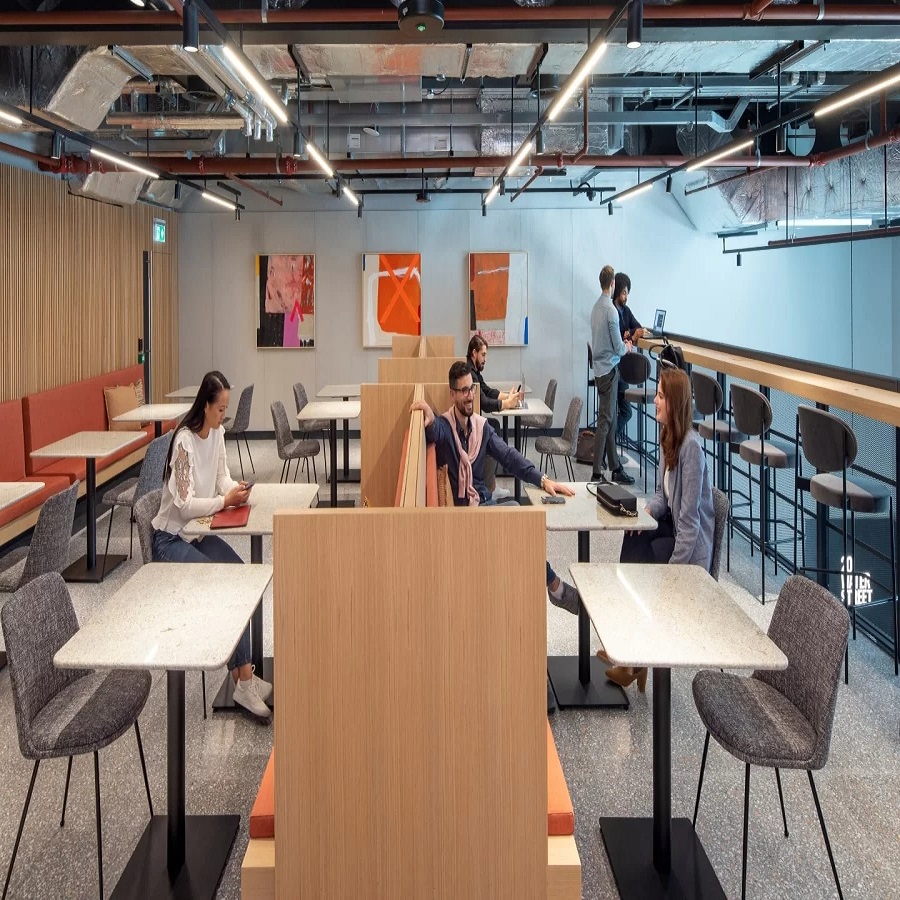
Managing Hot Desk Reservations and Scheduling
Effectively managing hot desk reservations and scheduling is key to a smooth operation in a hot desk office. A clear and easy-to-understand system can make the difference between success and chaos. Here are some steps to manage reservations efficiently:
- Implement an Online Booking Platform: Adopt a digital solution where employees can see and book available desks. This keeps everything transparent.
- Set Clear Booking Rules: Define how long desks can be booked and when the booking window opens. This prevents double bookings and no-shows.
- Monitor Desk Usage: Keep track of how often and when desks are used. This data helps adjust the number of desks available.
- Provide Support: Have a help desk or online support for booking issues. Quick help resolves problems fast.
- Offer Flexibility: Allow for last-minute changes in desk bookings. This caters to sudden changes in plans.
- Ensure Fairness: Make sure the system doesn’t favor certain employees. All should have equal access to desk options.
- Facilitate Remote Booking: Enable staff to book desks via mobile devices. This adds convenience for on-the-go planning.
By focusing on these strategies, companies can create a fair, flexible, and user-friendly hot desk reservation system. The goal is to make the process as simple as possible, so employees can concentrate on their work rather than worrying about where they’ll sit each day.
Overcoming Challenges of Hot Desking
While hot desking has many benefits, it also comes with challenges. Addressing these challenges is critical for a hot desk office to thrive. Here are ways to overcome common obstacles:
- Privacy Concerns: Some employees may feel a lack of privacy. Solving this involves providing quiet zones and private booths.
- Personalization: Workers often miss personalizing their space. Allowing small, portable items can help them feel more at home.
- Scheduling Conflicts: These can arise with hot desking. A robust booking system and clear policies prevent these issues.
- Hygiene Worries: Shared desks may raise hygiene concerns. Regular cleaning and personal hygiene kits can address this.
- Tech Troubles: Dependable tech support is a must. Ensuring quick fixes to tech problems keeps work flowing smoothly.
- Change Resistance: Some staff may resist the change. Training and clear communication about the benefits can ease this transition.
Tackling these challenges head-on can make hot desking a success. It requires commitment to adapting and fine-tuning the process. With careful management, a hot desk office can flourish and boost productivity.
Success Stories: Companies Excelling with Hot Desking
To truly understand the impact of hot desk offices, let’s look at companies that excel with this model. These success stories showcase the benefits and the potential of hot desking when implemented thoughtfully.
- Tech Startups: Many tech startups have embraced hot desking to foster innovation and agility. With flexible seating, they can rapidly scale and adjust to changes.
- Creative Agencies: Hot desking in creative agencies sparks collaboration. Teams blend and new ideas emerge from diverse interactions.
- Consulting Firms: Consultants often work off-site. Hot desking in their offices maximizes space and provides a home base when needed.
- Financial Services: Several financial firms use hot desking to reduce costs. They find having fewer desks than employees is efficient.
- Real Estate Companies: These businesses know the value of space. Hot desking lets them use office real estate more effectively.
Such companies show that a well-managed hot desk office can thrive across industries. They prove that with the right approach, the challenges can be addressed, leading to a dynamic and successful workspace.
